еЬЯжЫЬжЧ•, 6жЬИ 4th, 2011...5:20 AM
Naoshima Guide Day2-Teshima
Reading time: About 6 minutes
Naoshima Guide Day2-TeshimaThe second day, I woke up very early in the morning; I decided to walk the sandy Gotanji Beach.
After finishing my morning walk, I had some breakfast, and checked out of Tsutsuji sou.
Hurriedly I took the bus to Miyaura port.
I went to Miyaura port to get on the ship for Teshima.
There are only two rapid ships that connect Naoshima and Teshima a day.
Not only there are very little running, but depending on the day and season there are times when they are not running at all; I recommend checking the time table beforehand.
I will briefly talk about Teshima.
An island that belongs to Kagawa prefecture located in the Seto Inland Sea between Naoshima and Shoudojima.
Same with Naoshima, Teshima is one of the bases for foreign trade, it has been a prosperous place back in the days, and is still preserving its old fashioned cities.
It is an island filled with rich forests, and terraced rice fields on gentle slopes. It is blessed with the sea and mountainвАЩs good fortune; the olives and strawberries are its special products.
As the name Teshima explains, it is a wealthy island, however its fight with industrial waste is still continuing. In 1975, a waste manufacturer illegally dumped an enormous amount of waste and burned dead grass. In 1990 due to disclosure by the police, the work place was forced for inspection. In 2000 it was manifested that the waste was taken in by Naoshima city, a negotiation was made with the pollution, and finally in 2003 a mediated disposal project had started. This project is still being continued to this day.
Having said so, the waste problem is only one small corner of the island, therefore most of the island is blessed by mother nature.
The Seto Inland international art festival, gave Teshima the chance to display its art museums and art works. This time, because I was going to explore Teshima, I got on the ship from Naoshima.
From Naoshima to Ieura port was about twenty minutes.
The ferry terminal at Ieura port has a rental cycle reception.
Here it is 100-yen to rent a electric bicycle for four hours. With its hilly landscape, bicycling in Teshima is enjoyable.
I got on my very first electric bicycle, and started my Teshima exploration. Although the wind was cold, it felt nice.
First, I went to for the east side of the island called Karatohama.
The terraced rice fields on the slopes stretched out, the Seto Inland Sea beyond that was beautiful.
On my way, where there was spring water, I stopped by вАЬKarato no shimizuвАЭ. It is based on the oral tradition that the Kouboudaishi used his cane to dig the ground, and water sprung out, has been a place of exchange with the citizens of the island. Next to it is a art work too.
Teshima art museum, passed Karato port, and came to Karato beach. About thirty minutes by bicycle from Ieura port.
In front of the quiet and beautiful beach is a small art museum.
This is the Christian Boltanski вАЬLes Archives du CoeurвАЭ.
Here is a room with a light bulb that flickers along with your heartbeat, also a room where you can hear a collection of heartbeats from people all over the world; also you can record your own heartbeat in another room as well.
Heartbeats different from person to person; to record your heartbeat costs a separate fee from seeing the museum (1500yen) is needed, but for those that are interesting, record your own heartbeat and I suggest listening to it.
Having the Seto InlandвАЩs beautiful sea in front of you and listening to your own heartbeat. What an elegant thing.
After the Karato beach, I went for the Teshima art museum.
The Teshima art museum located on top of the Karaoto beach is a brand new museum just built in 2010, October. Buildings that imaged water drops by architect Ryuue Nishizawa, and art work using water by artist Rei Naito, further brings you closer to the natural environment. This is a building which we can say is the symbol for Teshima.
Within the atmosphere with not a single fense, width 40x60m, height 4.5m, water, light, and sounds coming in from the opening, I want you to experience the further spring fountains that are coming out.
After exploring Teshima art museum, I quickly make my way back to Ieura port. The time until my ship to Naoshima was getting shorter.
There are art works surrounding Ieura port too.
Tobias Rehberger вАЬWas du liebst, bring dich auch zum weinenвАЭ. This is a restaurant reformed from an abandoned house.
It is decorated by a camouflage design that was used on the ship from World War II. Once you step inside, it is a very mysterious atmosphere.
I explored Teshima for four hours.
There is a lot of nature, and the view is beautiful. From now on, their goal is to increase art work supported by Benesse, and make the island more active.
I want to recommend to stretch out to Teshima from Naoshima.
At 13:35pm I got on the ship to leave Teshima, and got to Naoshima a little before 14:00pm.
I was hungry so I decided to fill my stomach up with Yamamoto udon, and then made my way to Benesse housing for the night.
After leaving my luggage at the front, I went to the two museums in the Benesse square.
First I visited the Lee Ufan Museum. The building designed by Tadao Ando built between the valley, displays the paintings and engravings by Lee Ufan; just established in 2010, June. The nature, building, and artwork are all combined together.
I visited the Chichu Museum next.
вАЬThe place to think with people and natureвАЭ is the motto, and was built in 2004. In the museum there are works of Claude Monet, James Turrell, Walter de Maria, all in a building designed by Tadao Ando.
To not miss out on the NaoshimaвАЩs nature and its view, most of the buildings are built underground; it is a rare art museum.
The atmosphere that consists five of MonetвАЩs latest work вАЬSuiren (water lily)вАЭ, can be enjoyed with sunlight, and the atmosphere is amazing.
It will make your forget about time, it will make you want to enjoy each and every corner of the art museum.
Leaving the underground museum, I made my way to the Benesse house.
Benesse house is a hotel with a museum built with it, and is famous for its high quality resort facilities internationally.
At the moment there are four large buildings called, вАЬmuseumвАЭ вАЬobalвАЭ вАЬparkвАЭ вАЬhouseвАЭ, all of which designed by Tadao Ando.
Rather than saying that there is art work hanging around inside of the hotel, I think it would be more appropriate to say that it is a place to stay overnight inside of a hotel.









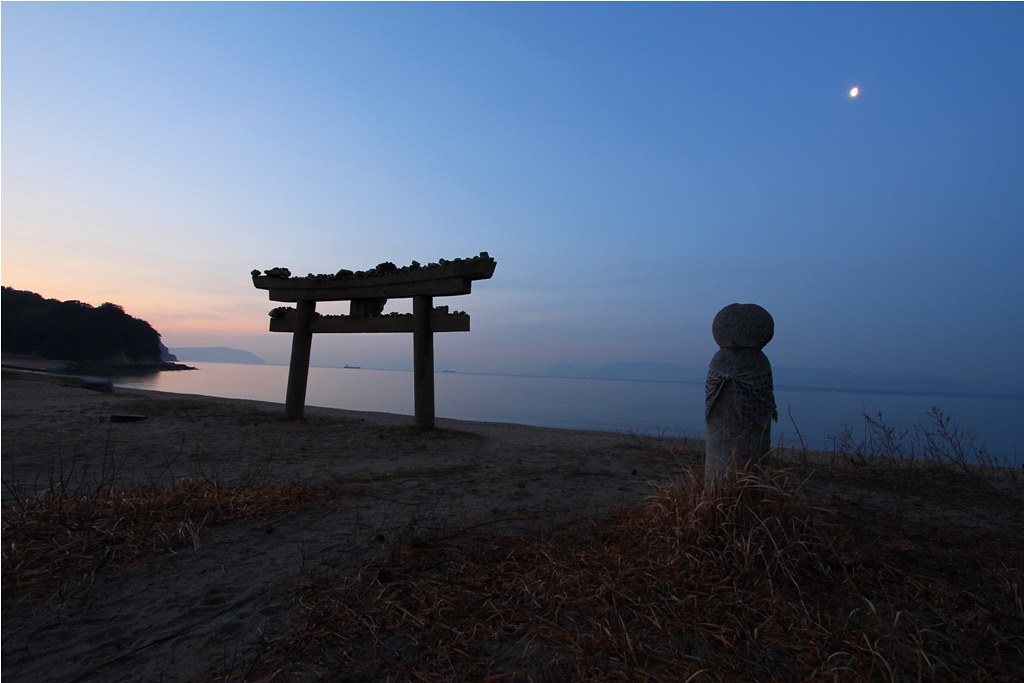
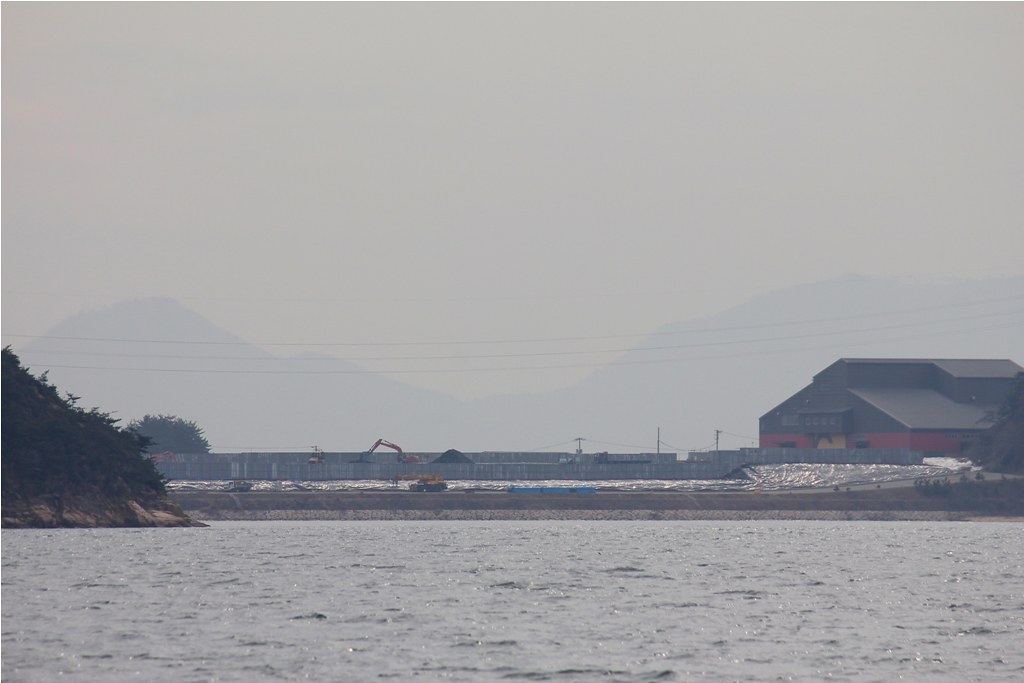
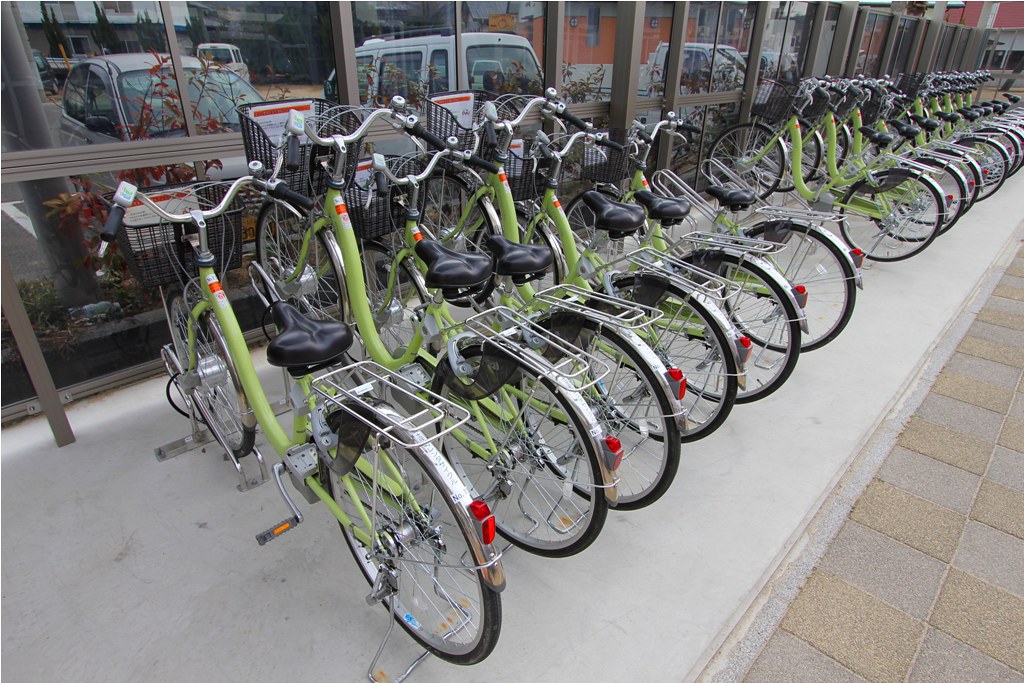
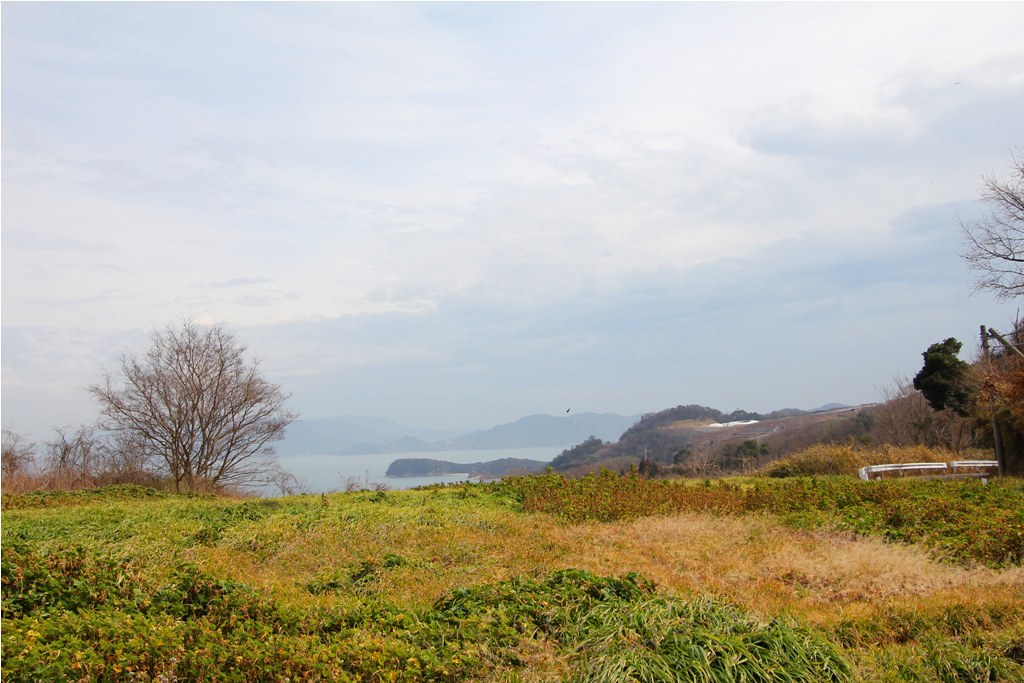
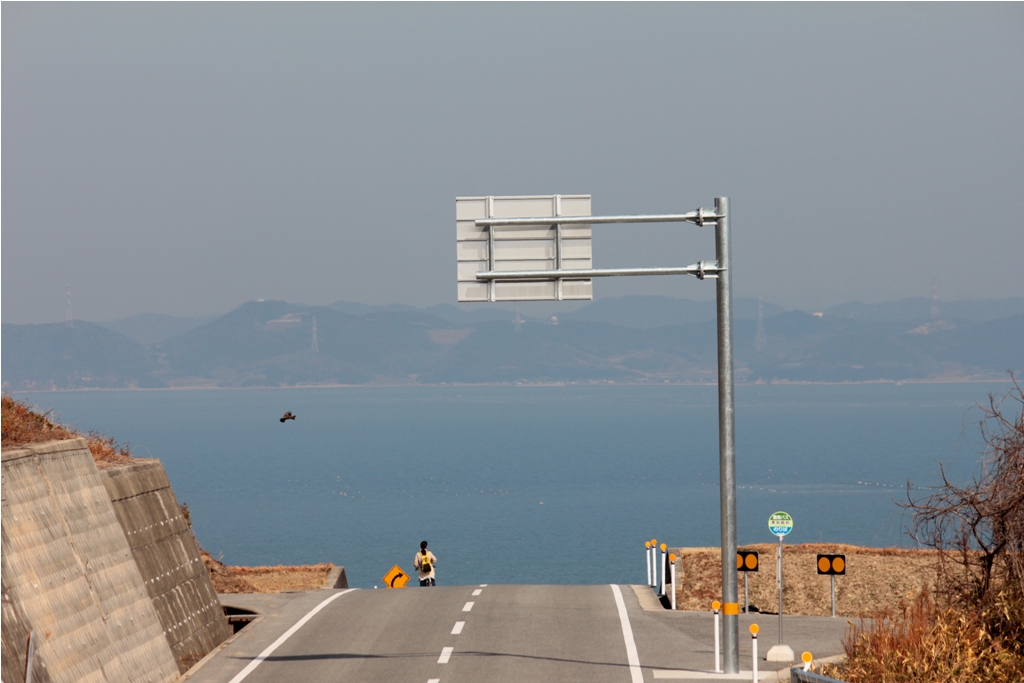
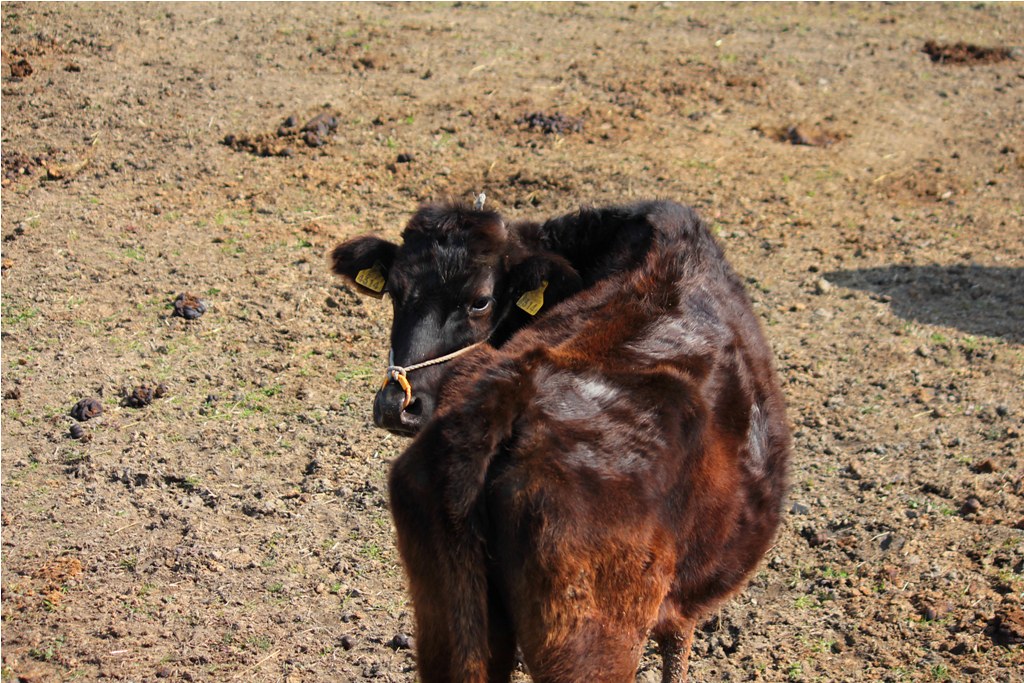
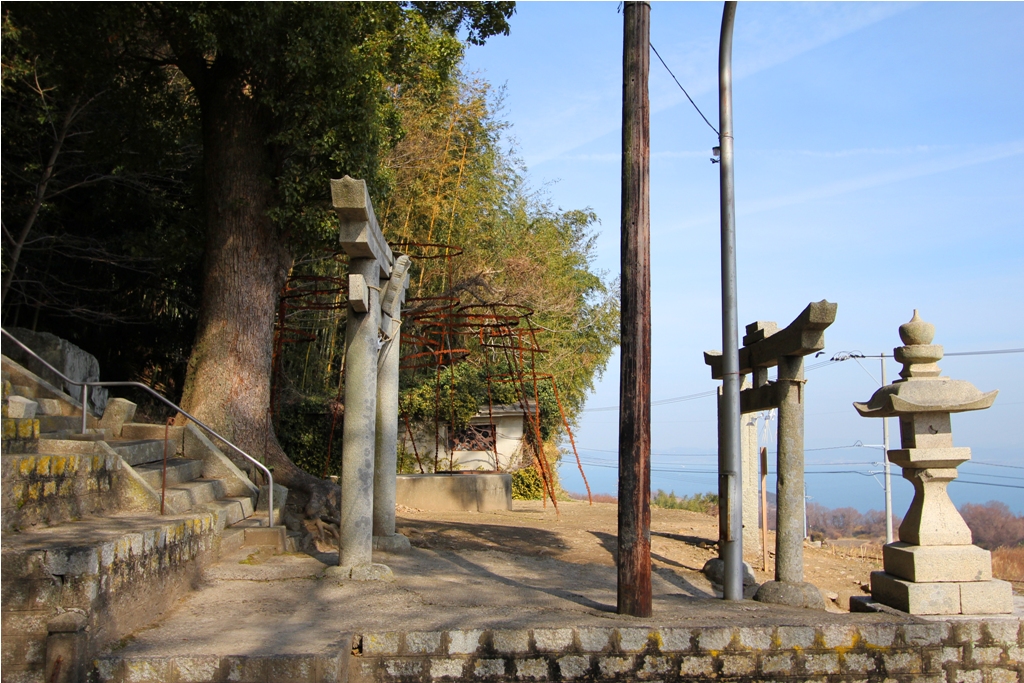
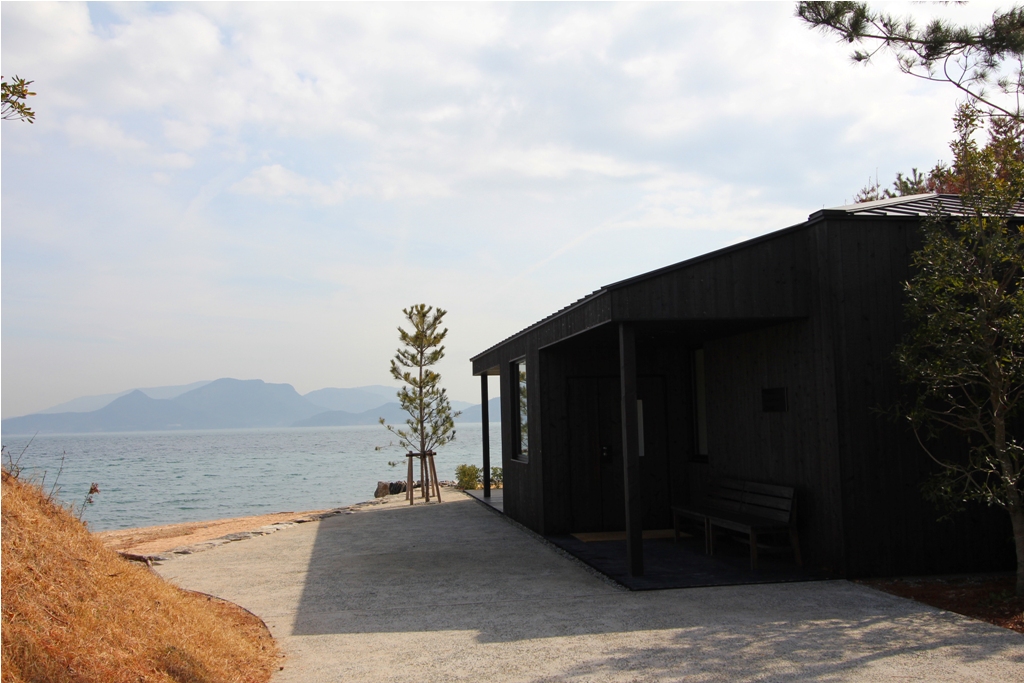
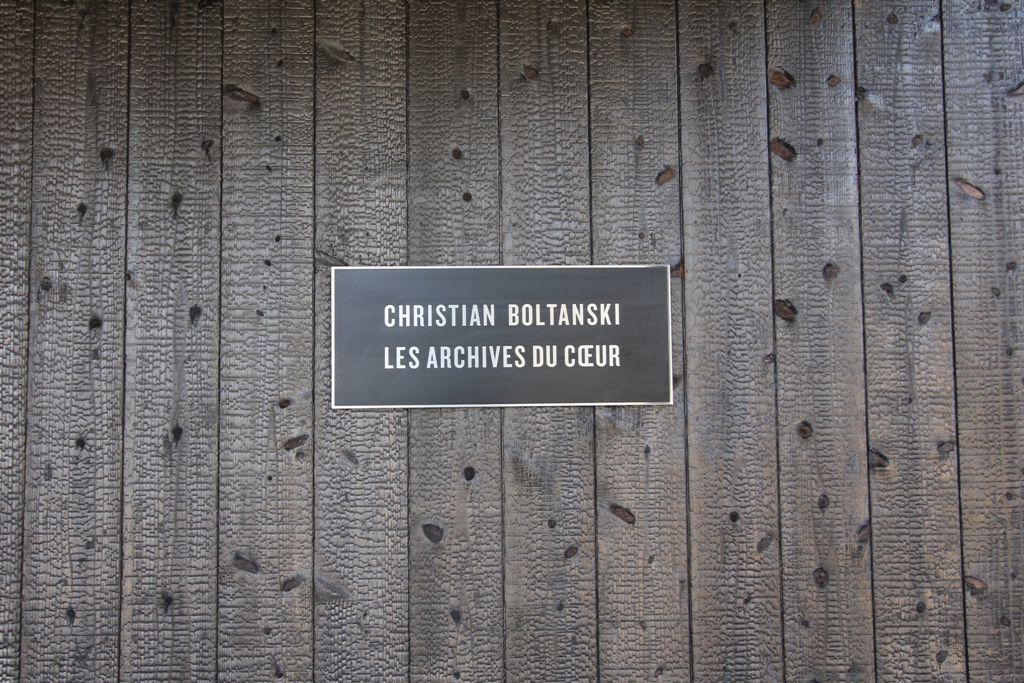
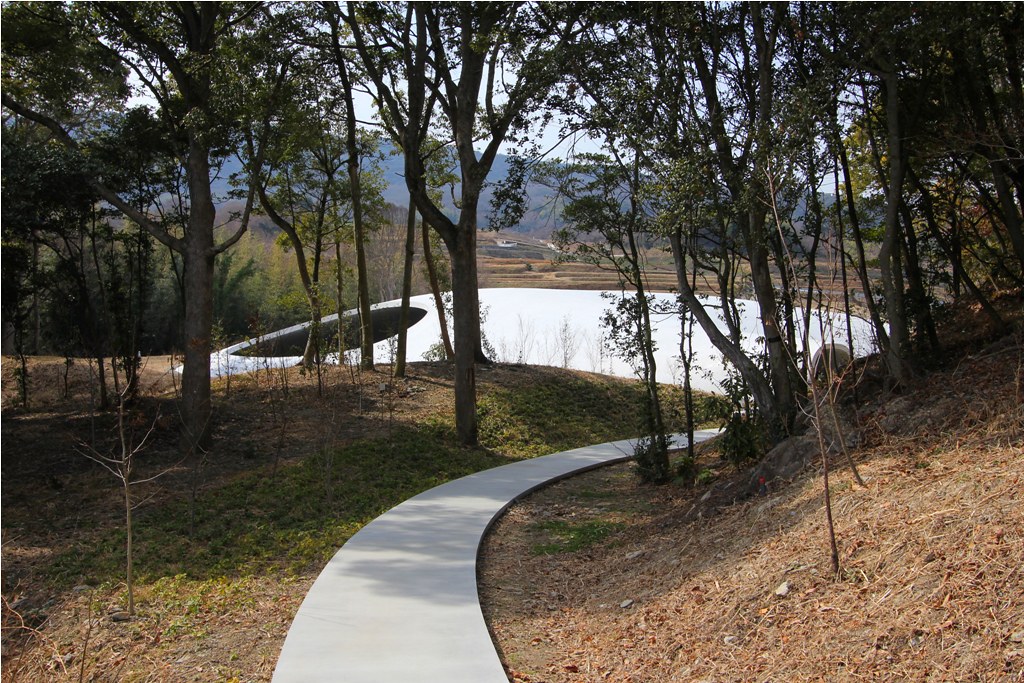
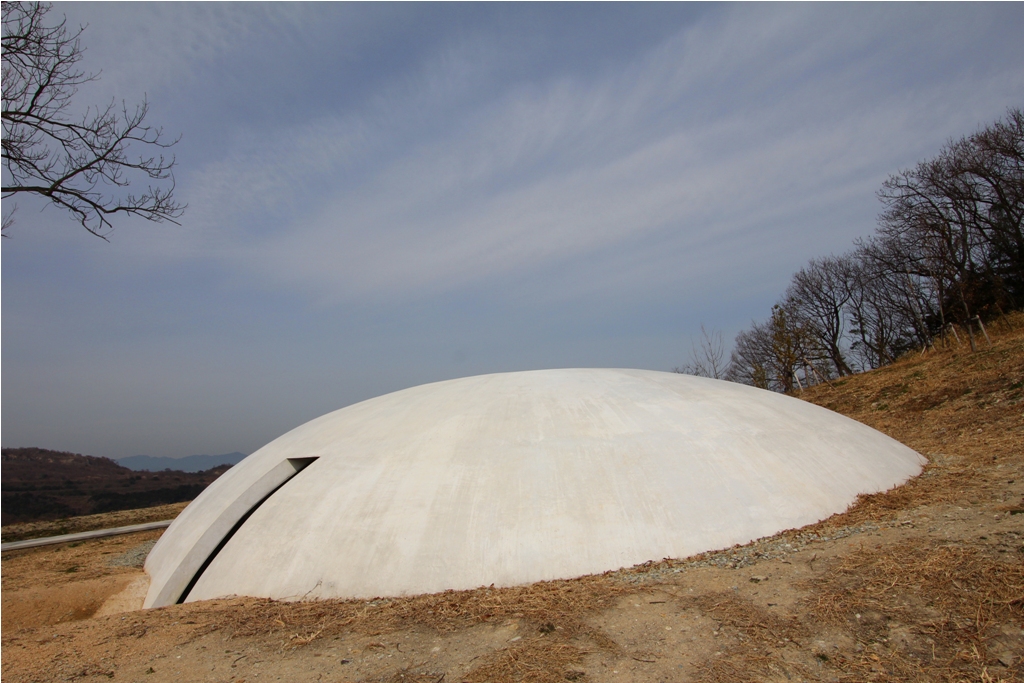
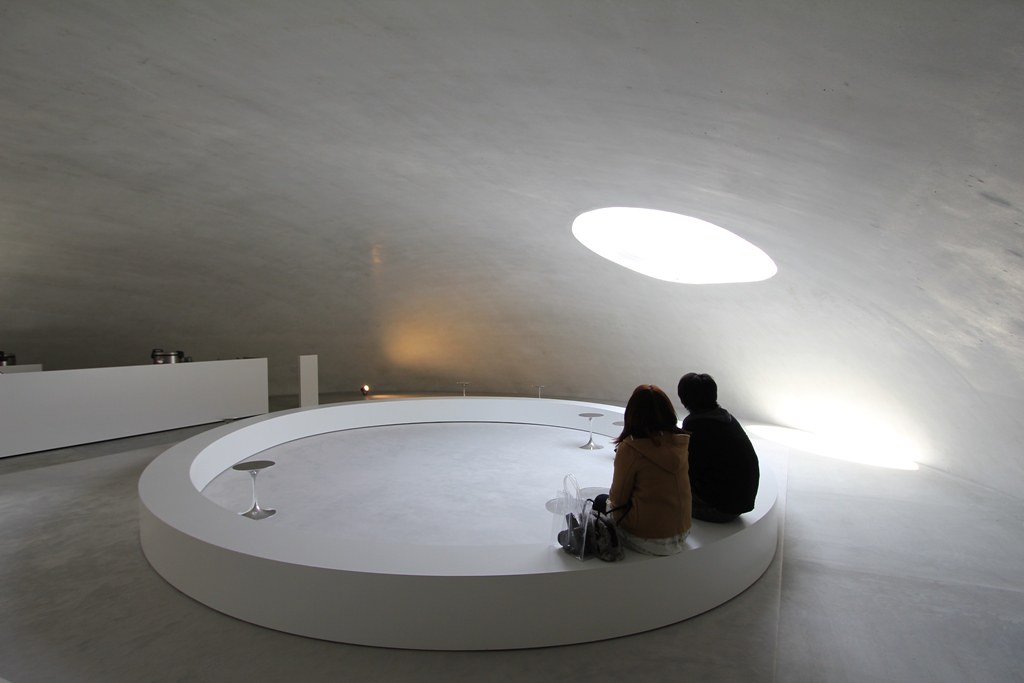
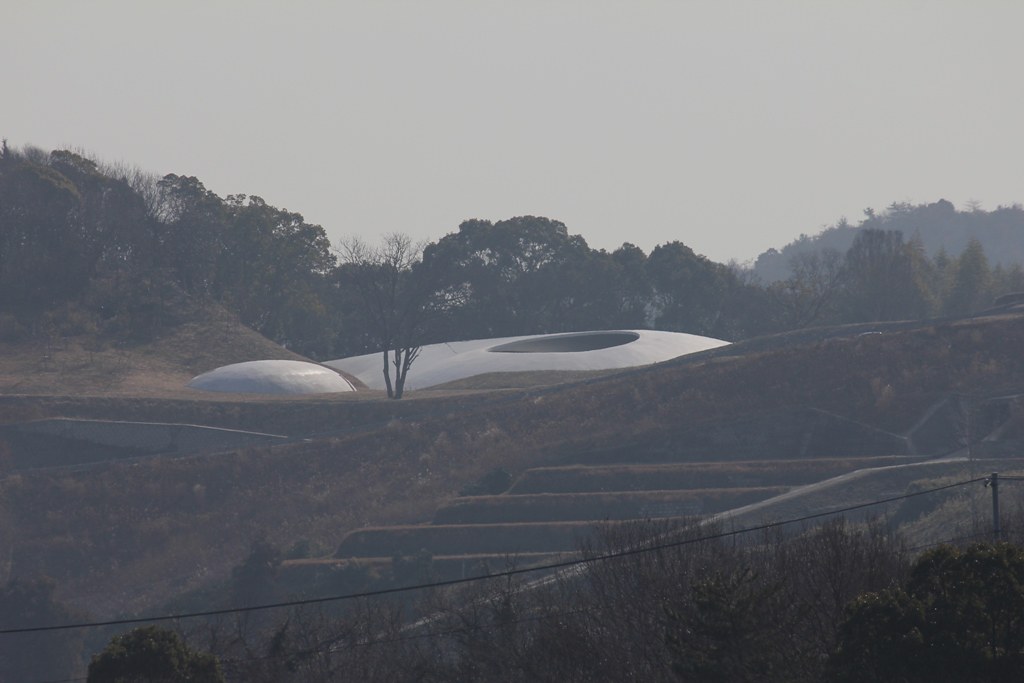
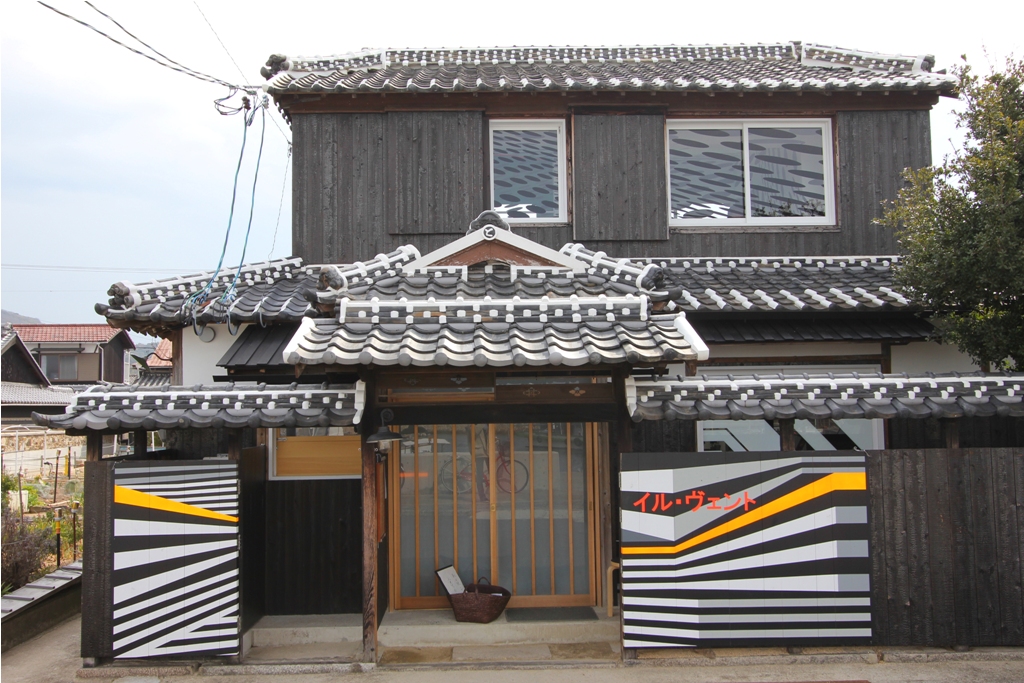
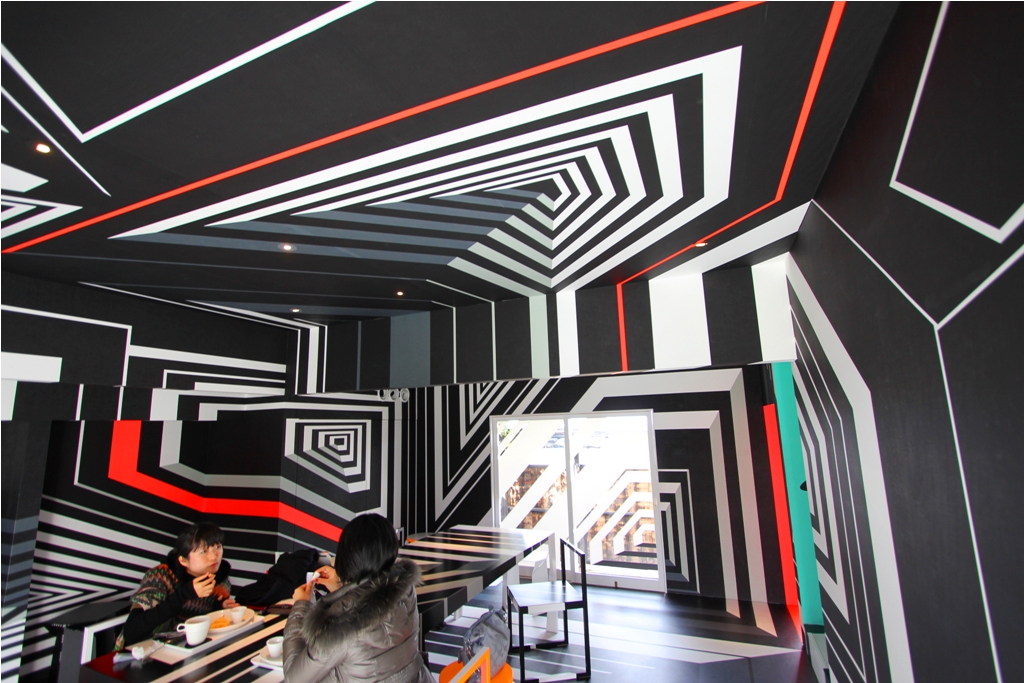

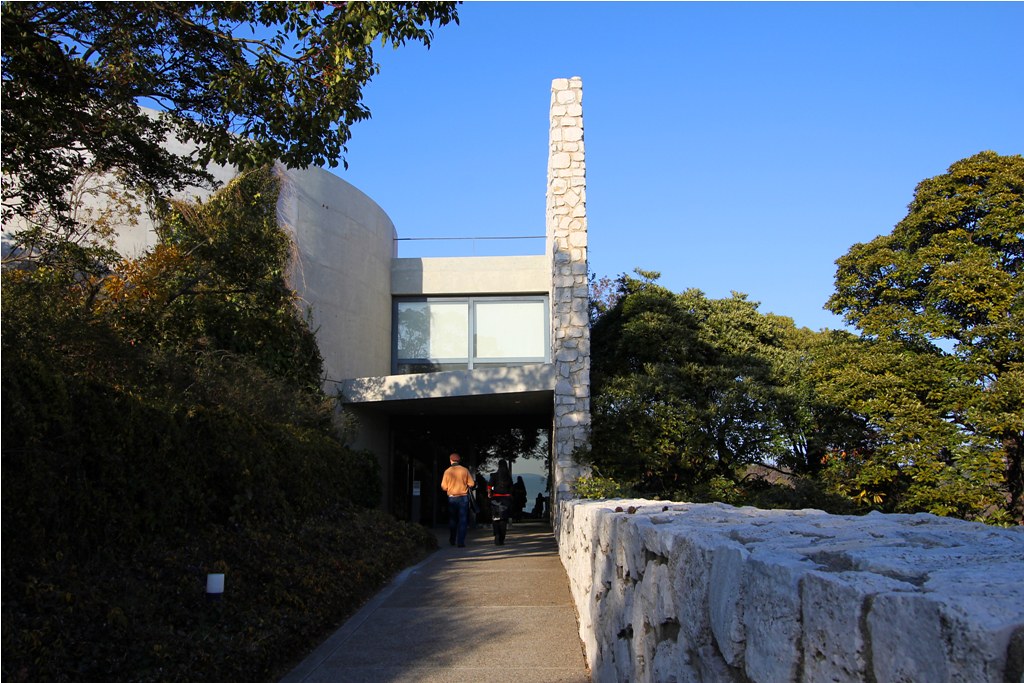
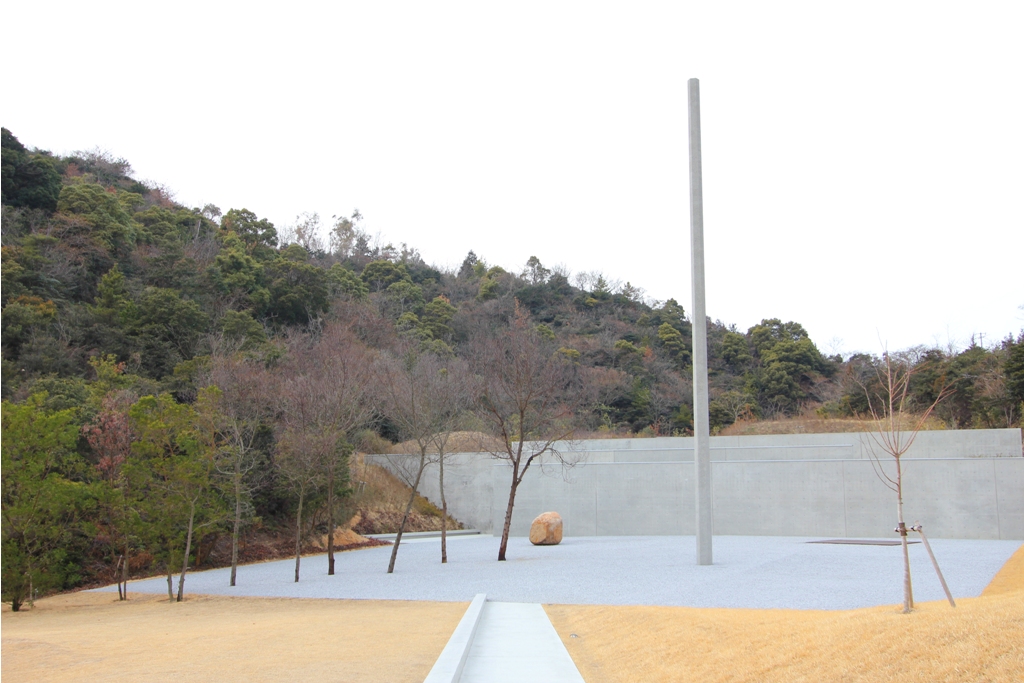
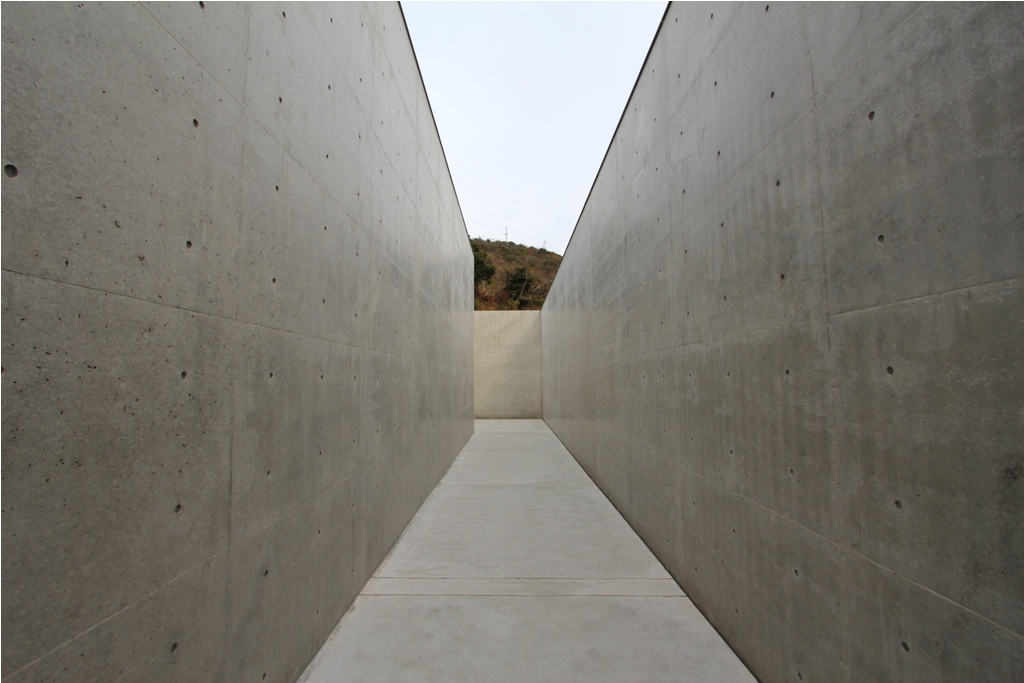
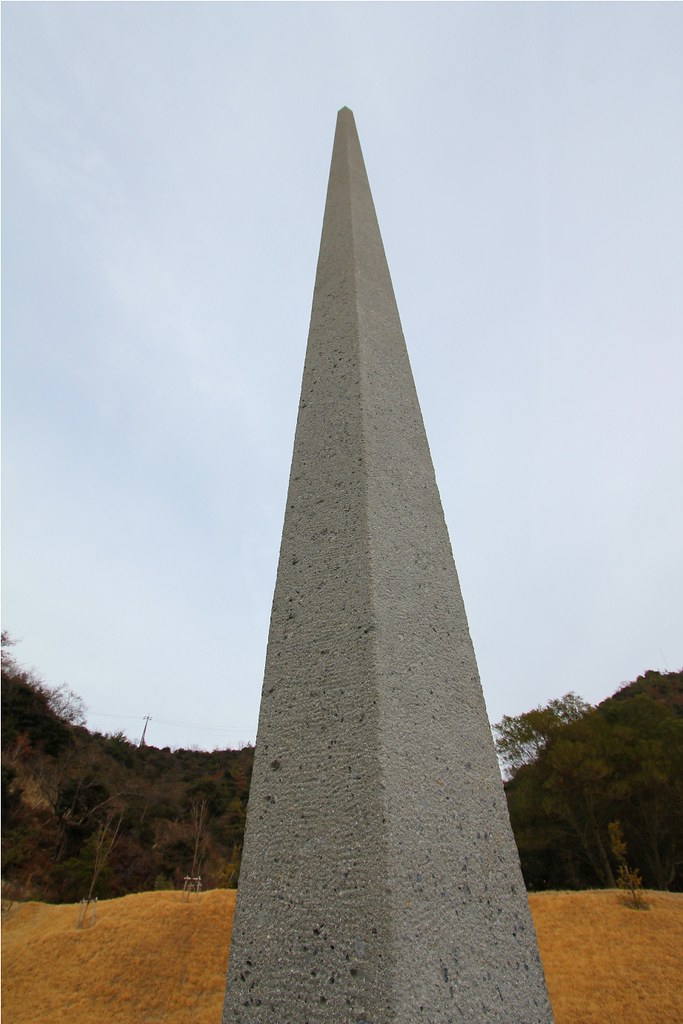
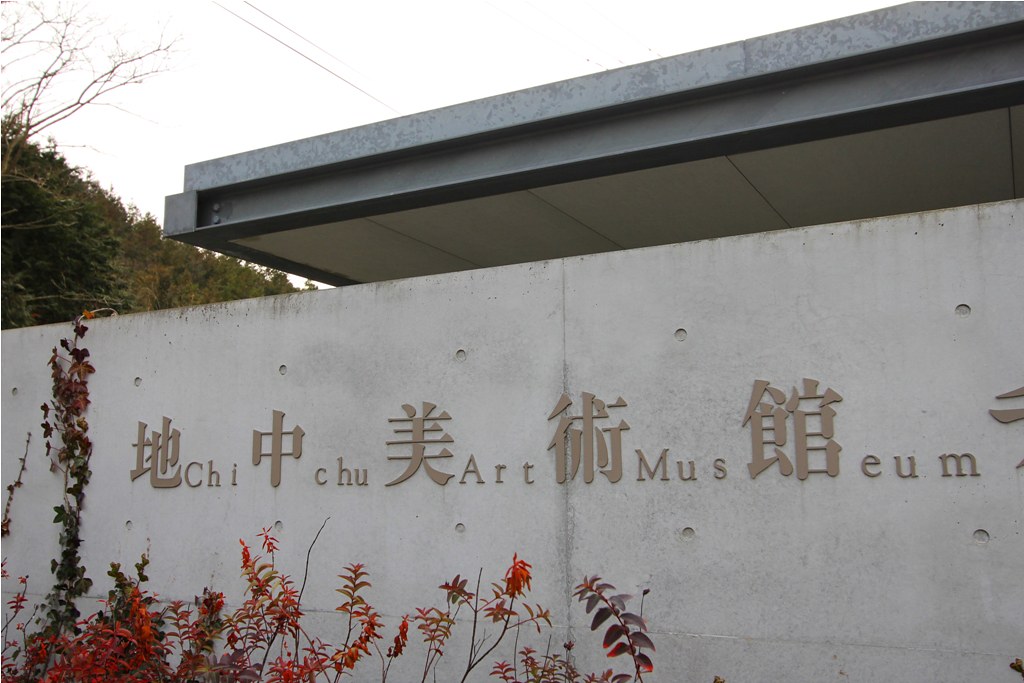











Leave a Reply